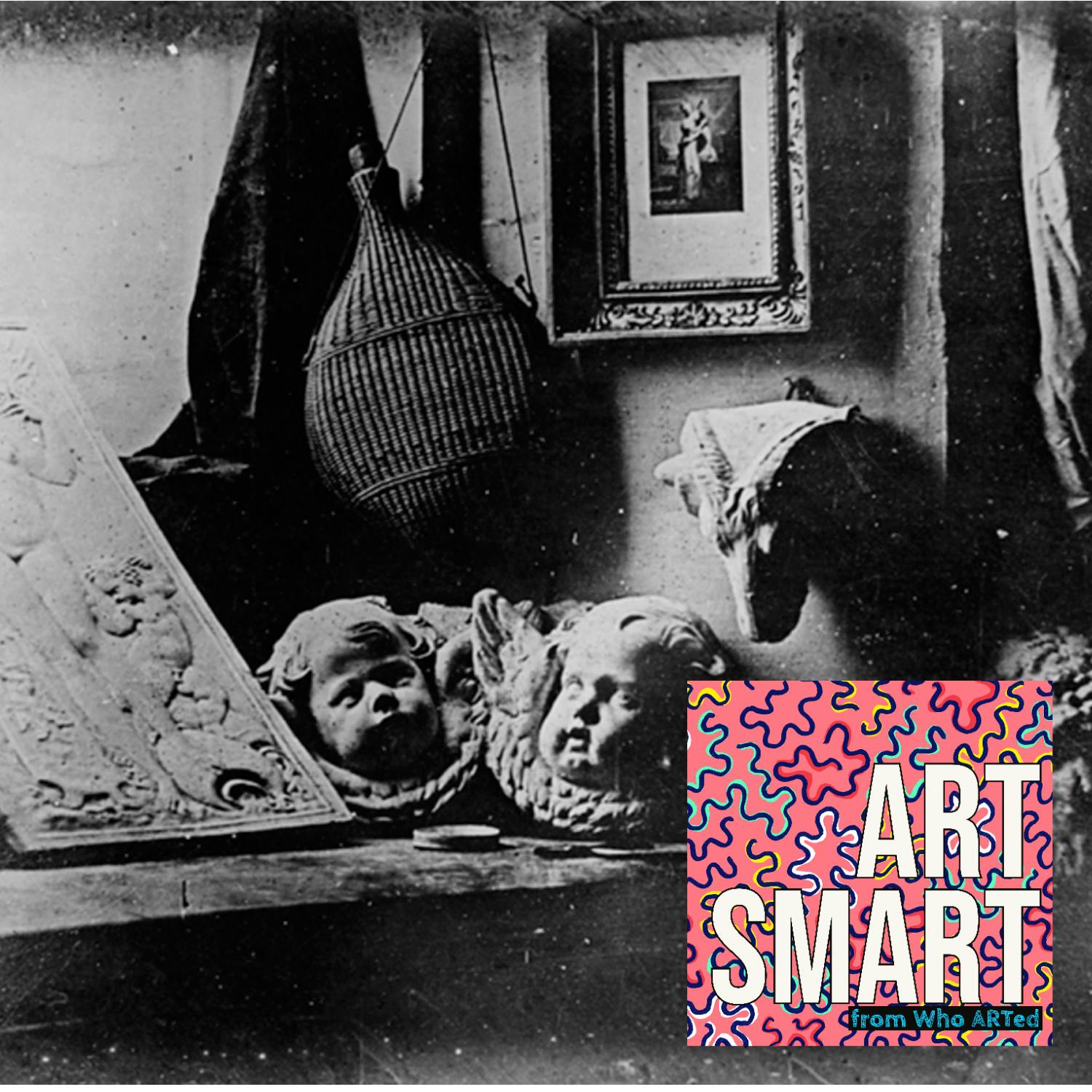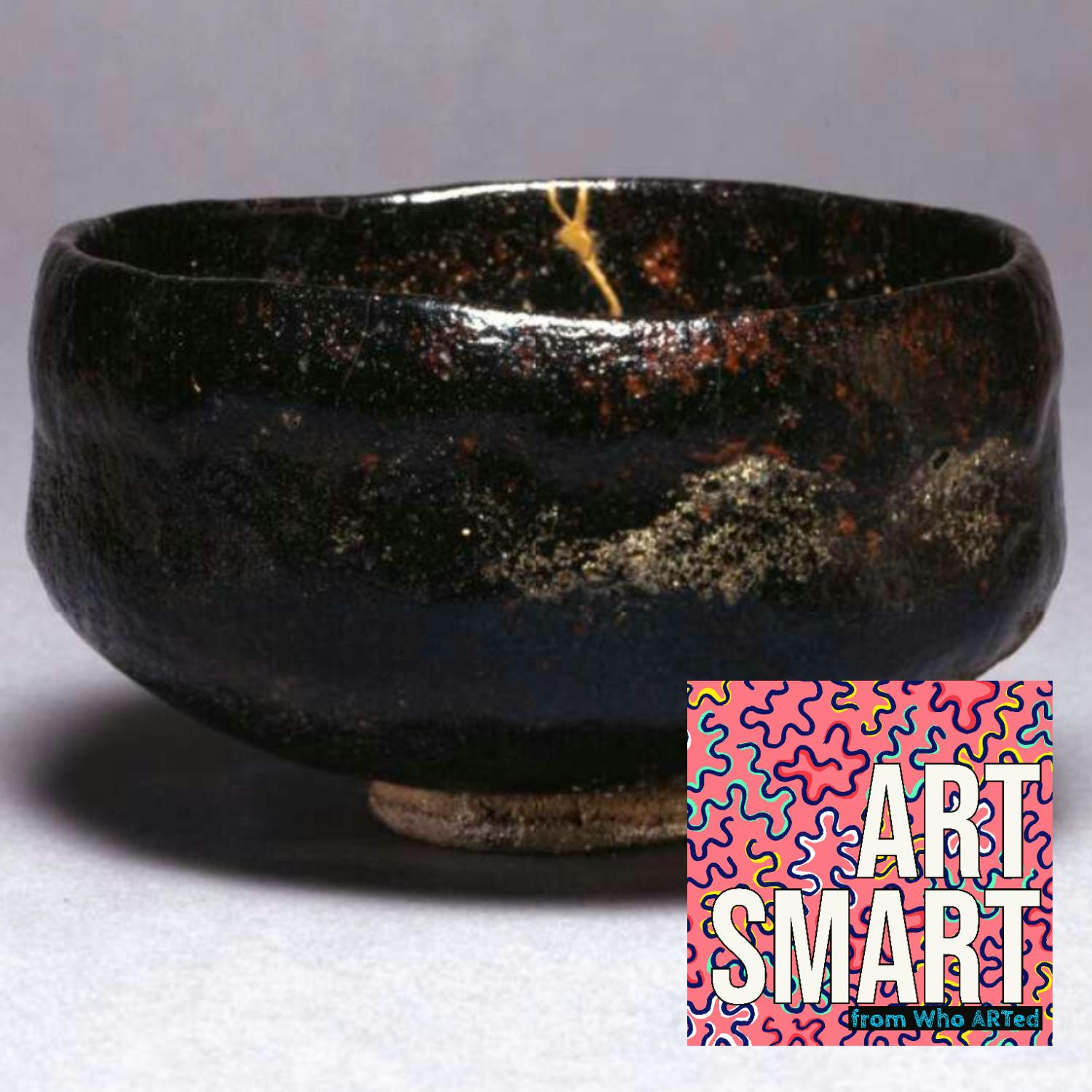Ancient Egyptian Art
Description
In two-dimensional art, the ancient Egyptians practiced an approach referred to as frontalism. Each feature was shown from the ideal, most recognizable view. The head was shown in profile while the torso was facing forward. The feet would then be shown from the side as that was a more easily recognizable shape for a foot. The result was a mix of perspectives on the figure making it appear contorted but it was the ideal symbol rendering each part in ways that would be easily identified.
Another distortion we see in ancient Egyptian artifacts was hierarchical scale. Simply put, the more important a figure was, the bigger it would be in the composition. Conversely, a less important figure would be smaller. So gods and pharaohs would be shown as noticeably larger than the average Egyptian.
If you want to learn more about ancient Egypt, check out these episodes of Who ARTed:
Art Smart is an Airwave Media Podcast.
Connect with me:
Website | Twitter | Instagram | Tiktok
Support the show:
Merch from TeePublic | Make a Donation
As always you can find images of the work being discussed at www.ArtSmartPodcast.com and of course, please leave a rating or review on your favorite podcast app. You might hear it read out on the show.
Learn more about your ad choices. Visit megaphone.fm/adchoices
























